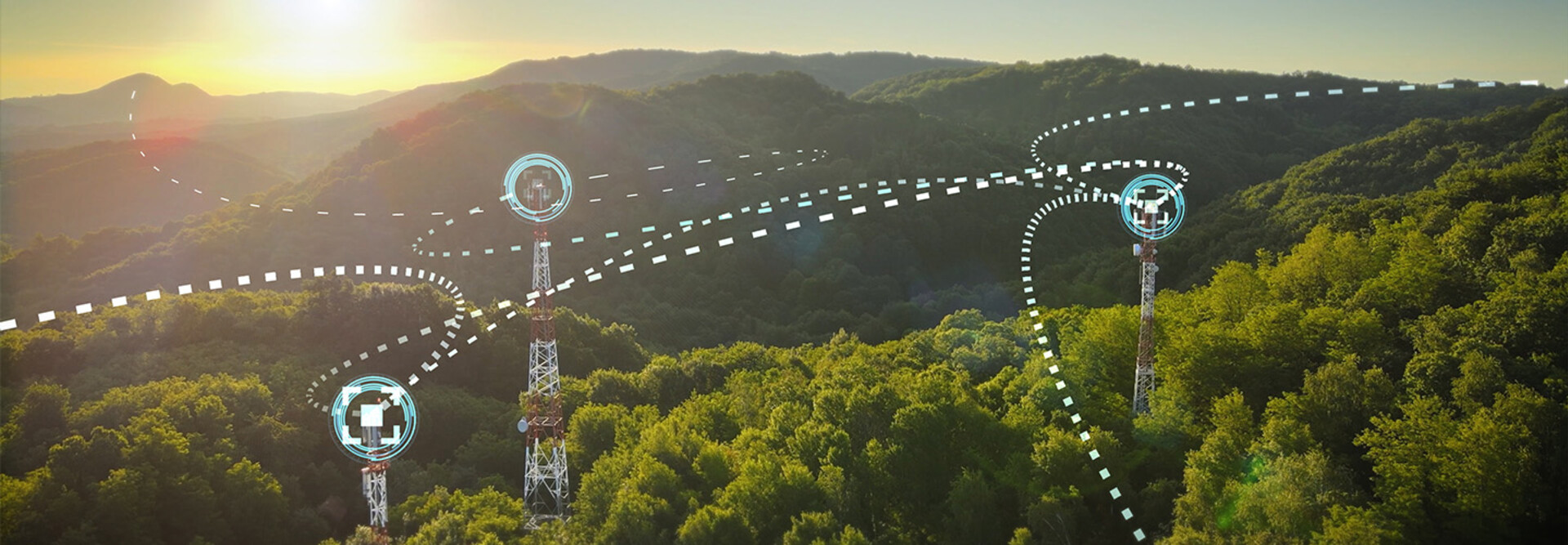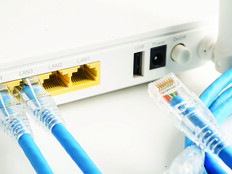Powering a Mobile, Future-Ready Workforce
Agencies such as the Department of Homeland Security are increasingly tasked with supporting mobile, distributed teams, often in high-density or challenging off-grid environments. 5G improves access to secure applications, data and communications tools — especially when paired with rugged mobile devices and edge computing — enabling field personnel to maintain continuity in dynamic and extreme environments.
For example, DHS’ 5G mobile command post pilot programs aim to support emergency response by identifying and mitigating vulnerabilities in 5G networks while also developing secure voice and video tools for unclassified government communications. By enabling high-speed, low-latency connectivity, these mobile posts support real-time coordination between field agents and headquarters, delivering live video feeds, geospatial mapping and situational alerts during emergencies.
The goal is to move beyond outdated communications systems and equip field teams with resilient, mission-ready networks that perform in off-grid and high-pressure environments.
Click the banner below for the latest federal IT and cybersecurity insights.













